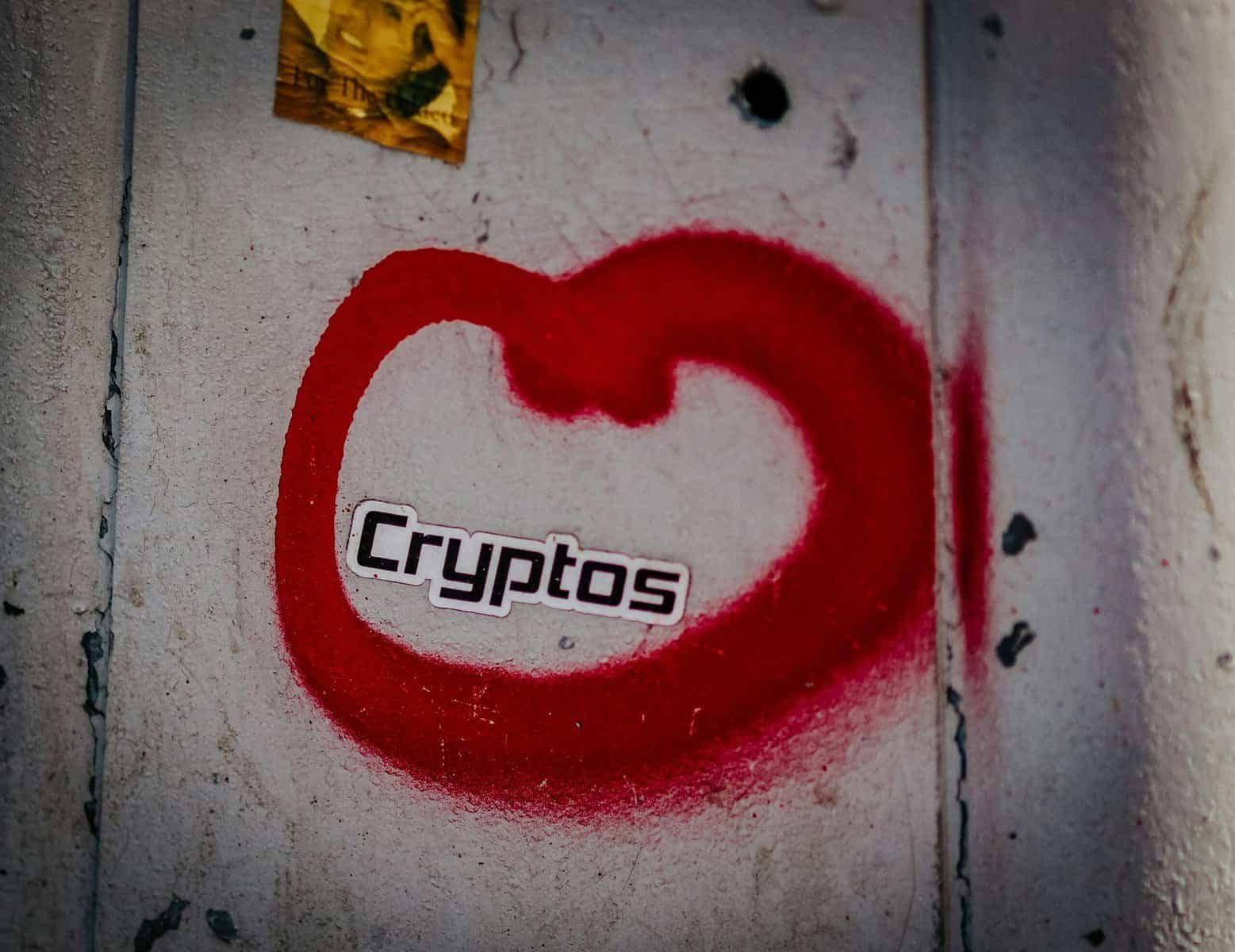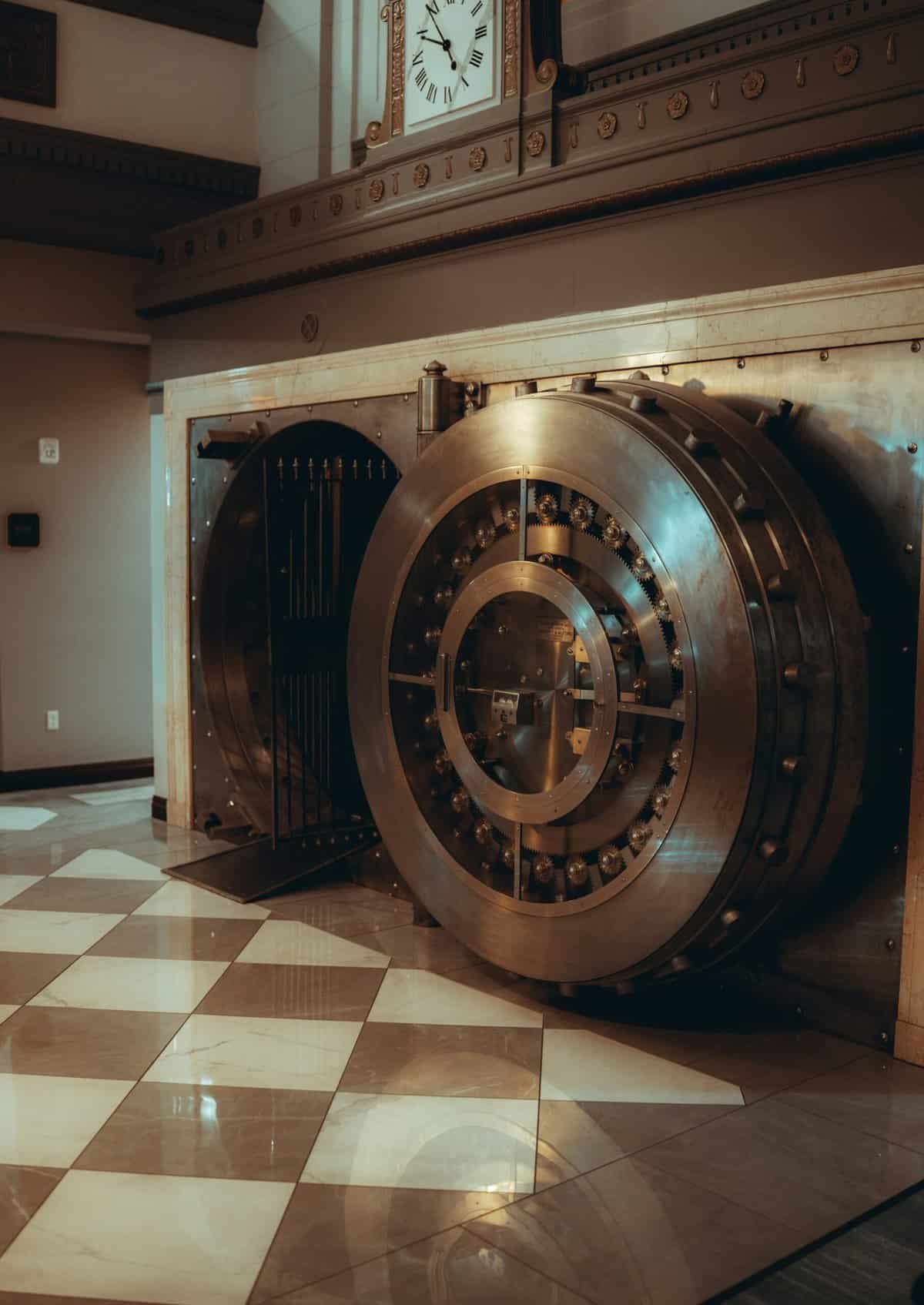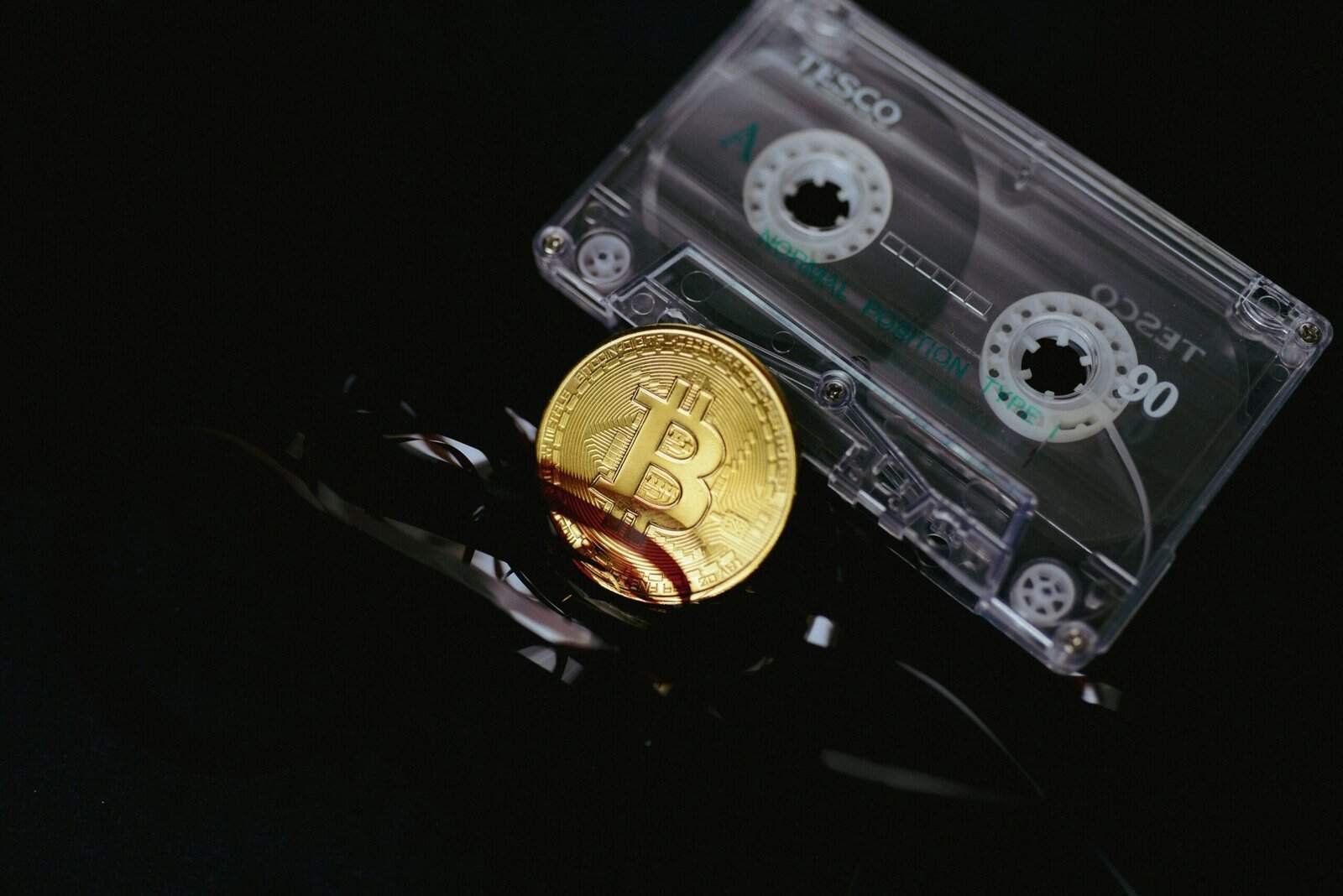?What can you learn from the dramatic failures of crypto exchanges like Mt. Gox, QuadrigaCX, and FTX that will help you protect your funds and make smarter decisions going forward?

Introduction: why these lessons matter to you
You depend on exchanges to trade, store, and access crypto markets, so their failures directly affect your money and trust. Learning the causes and safeguards from past collapses helps you evaluate risks, choose safer platforms, and take concrete steps to protect your assets.
Overview of major crypto exchange collapses
Understanding specific collapses gives you clear examples of what went wrong and why. The patterns repeat — security lapses, poor governance, commingled funds, and lack of transparency — and each case contains practical lessons you can apply.
| Exchange | Year | Primary cause | Key consequence | What you should learn |
|---|---|---|---|---|
| Mt. Gox | 2014 | Hacking + operational failures | Massive BTC loss, long bankruptcy | Importance of hot/cold segregation, security controls, and timely audits |
| Bitfinex | 2016 | Hack of hot wallets | Loss of ~120k BTC, tokenized debt (BFX) | Need for insurance, strong wallet practices, and transparent remediation |
| Coincheck | 2018 | Hack (NEM hot wallet) | ~$530M loss, regulatory overhaul in Japan | Proper wallet management, KYC/AML enforcement, prompt disclosure |
| Cryptopia | 2019 | Hack + poor internal controls | Major loss, liquidation | Incident response, custody practices, accountability |
| QuadrigaCX | 2019 | Founder sudden death + missing keys (likely fraud) | Users unable to access funds, bankruptcy | Avoid single key custodianship, check governance and proof-of-reserves |
| FTX | 2022 | Alleged misappropriation of customer funds + poor governance | Rapid insolvency and bankruptcy | Segregation of customer assets, transparency, independent audits |
Common causes of exchange collapses
Most collapses aren’t surprises in hindsight; they follow familiar vulnerabilities that you can learn to spot. Recognizing these root causes will help you evaluate any exchange before trusting it with funds.
Security failures: hacks and theft
Exchanges that keep large amounts of funds online without adequate protections become targets for attackers. You should expect that any platform can be attacked, so assessing security posture is essential before depositing substantial funds.
Mismanagement and commingling of customer funds
When an exchange uses customer deposits for business operations, lending, or risky investments, your assets are exposed. You should prefer platforms that clearly segregate customer funds and show proof of custody.
Lack of transparency and external audits
Opaque balance reporting and absence of independent audits make it easy for problems to grow unnoticed. You should value exchanges that publish proof-of-reserves and allow credible third-party attestations.
Governance failure and insider misuse
Weak board oversight or concentrated founder control can lead to misuse of funds or catastrophic decision-making. You should look for exchanges with independent governance structures, clear controls, and checks on executive power.
Poor custody practices and single points of failure
Storing the majority of assets in hot wallets or relying on a single key-holder creates catastrophic single points of failure. You should prioritize platforms with multi-signature cold storage, distributed access, and robust key management.
Excessive leverage and liquidity mismatch
Offering high leverage without sufficient capital and liquidity planning can create runs and insolvency during market stress. You should be wary of exchanges offering large leverage with low transparency about margin practices and reserve requirements.
Regulatory and legal vulnerabilities
Operating in jurisdictions with weak oversight or unclear bankruptcy law makes recovery for users difficult. You should consider how regulation, deposit protections, and local law affect your ability to recover funds in the event of failure.
Case study: Mt. Gox — the early warning
Mt. Gox was once the dominant Bitcoin exchange and became a lesson in scale without security. After years of losses and delayed disclosures, it collapsed in 2014 with hundreds of thousands of BTC missing, highlighting the consequences of poor operational controls.
You should learn to ask whether an exchange demonstrates consistent security investment and transparent incident reporting. The Mt. Gox saga shows that market dominance does not guarantee safety; internal controls and honest disclosures matter more than market share.

Case study: QuadrigaCX — single-key risk and governance failures
QuadrigaCX collapsed under circumstances tied to a single person controlling private keys, and doubts about whether those funds ever existed. The result was users losing access to funds and a complex legal battle that left many creditors unpaid.
You should avoid trusting platforms that rely on a single person for critical operational functions and instead favor those with multi-signature custody and clear continuity planning. Governance matters: company structure, independent audits, and verifiable custody protect you from founder-specific risks.
Case study: FTX — misuse of customer assets and lack of transparency
FTX’s collapse exposed alleged commingling of customer funds with affiliated trading firms and a lack of independent oversight. The event showed how internal lending, leverage, and non-transparent corporate structures can quickly destroy an exchange’s viability.
You should treat declarations of “customer assets are safe” skeptically unless backed by verifiable proof and independent oversight. Look for clear separation between trading entities and customer custody, and avoid platforms that resist third-party attestations.

Security and custody: how exchanges should manage crypto
Security and custody are foundational to an exchange’s safety model, and you should evaluate them closely before depositing assets. Strong custody practices prevent many common failure modes that have led to major collapses.
Hot wallets vs cold wallets
Hot wallets are connected to the internet and necessary for daily withdrawals, while cold wallets are offline and safer for long-term storage. You should prefer exchanges that keep the majority of funds in cold storage and limit hot wallet exposure.
Multi-signature and distributed key management
Multi-signature setups require multiple independent approvals to move funds, reducing single points of failure. You should favor platforms that use multi-sig with geographically and operationally separated signers.
Key custody models: self-custody, custodial, and hybrid
Self-custody puts control in your hands but requires discipline, custodial models rely on the exchange, and hybrid approaches combine both. You should consider keeping the majority of long-term holdings in self-custody while using exchanges for trading or short-term needs.
Table: custody models and what they mean for you
| Custody model | Benefits for you | Risks for you |
|---|---|---|
| Self-custody (hardware wallet) | Full control, fewer counterparty risks | Responsibility for key management; risk of loss/theft if you mismanage keys |
| Custodial exchange custody | Convenience, instant trading | Counterparty risk, possible commingling or misuse of funds |
| Third-party regulated custodians | Professional security, insurance options | Counterparty risk shifted to custodian, potential regulatory limitations |
| Multi-sig & smart-contract custody | Shared control, programmable constraints | Complexity, potential smart contract bugs, trust in multiple parties |
Transparency and proof-of-reserves: what you should expect
Proof-of-reserves aims to show that an exchange holds sufficient assets to cover customer balances, but not all proofs are equally meaningful. You should be able to distinguish between superficial claims and robust cryptographic or audited proof-of-reserves.
Types of proof-of-reserves
You’ll see different approaches: on-chain snapshots, Merkle-tree proofs, and third-party attestations. You should expect the strongest assurances to combine cryptographic proofs with independent, regular attestations.
Limitations and how to read them
Proof-of-reserves may show assets but not liabilities, timing mismatches, or hidden off-chain obligations. You should look for combined proof-of-reserves and proof-of-liabilities, or independent audits that reconcile both sides.
Table: Proof-of-reserves approaches and credibility
| Method | How it works | Credibility level | What you should watch for |
|---|---|---|---|
| On-chain snapshot | Public addresses shown with balances | Medium | Addresses could be cold wallets that don’t represent operational liquidity |
| Merkle proof | Cryptographic proof that user balances match a snapshot | High | Needs independent verification and proof-of-liabilities to be meaningful |
| Auditor attestation | External audit confirms reserves and reconciliation | High | Check auditor independence and audit scope/timing |
| None / verbal claim | Exchange statement without proof | Low | Avoid relying on unverified statements |

Corporate governance and internal controls: what to require
Good governance prevents a single person or group from making unchecked decisions that imperil your assets. You should seek exchanges with independent boards, transparent leadership, clear accounting practices, and robust internal controls.
Checks and balances that matter
Segregation of duties, walled corporate areas, internal auditors, and risk committees limit mistakes and intentional misuse. You should favor exchanges that publish governance practices, annual reports, and that subject themselves to regulatory oversight.
Executive accountability and operational continuity
Succession planning and distributed responsibilities prevent a founder’s absence from becoming a system collapse. You should be cautious if a company’s critical functions rest on one individual without clear continuity measures.
Regulatory compliance: what protection regulation offers you
Regulation can increase transparency, require capital and insurance, and provide legal recourse if things go wrong. You should view regulatory oversight as a significant safety factor, though not a guarantee against failure.
Licensing, audits, and custody rules
Regulated exchanges may be required to keep customer funds segregated, undergo audits, and maintain minimum capital. You should check the exchange’s licenses, audit reports, and whether custodial assets are held in regulated trust accounts.
Jurisdiction matters
Your ability to recover funds and pursue legal claims depends heavily on where an exchange is incorporated and where it holds assets. You should consider jurisdiction, legal protections, and whether local laws support creditor rights in insolvency.

Risk management and liquidity: how exchanges keep markets functioning
Good risk management prevents ordinary losses from becoming existential crises for an exchange. You should look for evidence that exchanges perform stress testing, maintain liquid reserves, and limit counterparty exposures.
Leverage, margin, and clearing risk
Offering high leverage increases both user risk and platform systemic risk. You should be cautious about platforms offering extreme leverage without transparent risk policies and insurance buffers.
Liquidity provisioning and market-making
Exchanges that rely on illiquid assets or opaque market-making relationships are vulnerable to runs and sudden price dislocations. You should prefer exchanges that show deep liquidity or disclose relationships with regulated market makers.
Insurance and third-party protections
Some exchanges carry insurance policies that cover certain types of losses, but you should read the fine print carefully. You should not rely solely on advertised insurance without understanding what it actually covers and who underwrites it.
Types of insurance and what they typically cover
Insurance can cover theft from hot wallets, internal fraud, or cyber incidents, but often excludes negligence, insolvency, and regulatory actions. You should check policy limits, exclusions, and whether the insurer is reputable and independent.
Table: typical insurance scenarios and user impact
| Scenario | Likely covered? | What you should check |
|---|---|---|
| External hack of hot wallet | Sometimes | Policy limits, loss thresholds, exclusions |
| Internal fraud / misappropriation | Often excluded | Whether policy includes employee fraud and whether limits suffice |
| Business insolvency | Rarely | Insolvency generally not covered; check segregation of funds |
| Operational outages | Not insurance-related | Check SLA and withdrawal policies |
Customer protections, bankruptcy, and what happens to your assets
When an exchange fails, your recovery depends on whether funds were segregated, how bankruptcy is administered, and what legal claims you can bring. You should understand that recovery can be slow, partial, or nonexistent depending on these factors.
Segregated accounts vs company assets
If customer assets are properly segregated in trust accounts, they are more likely to be returned to you. You should prefer exchanges that store customer funds in accounts legally separate from corporate assets.
Filing claims and participating in bankruptcy
You may need to submit detailed claims and evidence to trustees or courts to recover funds after collapse. You should keep transaction records, KYC documents, and communications for such proceedings.
How to choose an exchange: a practical checklist
Selecting an exchange is a balance between convenience, fees, security, and regulation — and you can make an informed choice by checking specific factors. Use the checklist below to evaluate platforms before committing funds.
Exchange evaluation checklist
- Proof-of-reserves and scope of audits: Are there independent, recent attestations?
- Custody model: What portion of assets is in cold storage and is multi-sig used?
- Regulatory status: Is the exchange licensed in reputable jurisdictions?
- Insurance coverage: What scenarios are covered and what are the limits?
- Corporate governance: Is there an independent board and clear separation of duties?
- Transparency: Are regular reports, audits, and disclosures published?
- Incident response: Does the exchange publish a security policy and bug-bounty program?
- Liquidity and risk policies: How does the exchange manage market stress and leverage?
- User protections: Are customer funds segregated and easily traceable?
- Community trust: What is the exchange’s track record and user feedback?
How you can protect yourself as an individual
You have powerful tools to protect your crypto holdings, regardless of what exchanges do. By adopting a few prudent habits, you can significantly reduce your exposure to exchange failures.
Practical steps to reduce risk
Keep long-term holdings in self-custody using hardware wallets, limit how much you keep on any single exchange, enable strong authentication like hardware 2FA, and use withdrawal whitelists. You should also diversify exchanges and avoid leaving large balances on platforms that lack transparent custody and audit practices.
When to use an exchange vs self-custody
Use exchanges for active trading, convenient fiat access, and short-term needs, and use self-custody for long-term storage. You should regularly move funds you won’t trade to secure cold storage where only you control the private keys.
What to do if your exchange collapses
If an exchange begins to show signs of trouble, quick and informed action can improve your odds of recovery. You should document everything, freeze moves when instructed, and engage legal and community channels.
Immediate actions to take
Withdraw funds if withdrawals remain available, download transaction histories and KYC documents, monitor official channels for instructions, and retain legal counsel if necessary. You should also join verified creditor groups or forums to coordinate claims and share information.
Long-term recovery steps
File official claims with bankruptcy trustees, work with local regulators if relevant, and be prepared for protracted legal processes that may result in partial recovery. You should maintain patience, keep detailed records, and seek professional advice when necessary.
Incident response and communication: how exchanges should behave
When an incident happens, timely, honest communication reduces panic and improves user outcomes. You should prefer exchanges that publish clear incident response plans and regular, transparent updates during crises.
Red flags in communication
Vague statements, delayed disclosures, contradictory accounts, or refusal to allow audits are red flags that indicate deeper problems. You should be skeptical of platforms that avoid independent verification or provide excuses rather than evidence.
The role of regulators and industry reforms
Regulators are increasingly focusing on custody rules, proof-of-reserves, and licensing to reduce systemic risk. You should pay attention to regulatory initiatives because they change the risk landscape and can improve protections over time.
Expected reforms and how they affect you
Expect more stringent custody rules, mandatory reporting, standardized proof-of-reserves frameworks, and stronger consumer protections. You should track regulatory developments in your jurisdiction and prefer exchanges that proactively comply with emerging standards.
Decentralized alternatives and their trade-offs
Decentralized exchanges (DEXs) remove central custodianship risk, but they introduce other risks like smart contract bugs and lower liquidity for some pairs. You should weigh custody risk against technical and platform-specific risks when using DEXs.
Benefits and limitations of DEXs
DEXs provide non-custodial trading and on-chain transparency, giving you control over funds during trades. You should remember that DEXs can have technical vulnerabilities, poor user experience, and limited fiat on-ramps compared with centralized platforms.
Future trends: better custody, clearer audits, and insurance markets
Expect better technical custody solutions such as MPC (multi-party computation), standardized PoR protocols, and expanded insurance offerings as the industry matures. You should watch for these improvements and prefer exchanges adopting modern custody technologies and transparent audit regimes.
How these trends help you
Improved custody and standardized audits reduce the chance of surprise collapses and make it easier for you to assess platform risk. You should adopt a cautious optimism: technological and regulatory progress improves safety, but personal vigilance remains essential.
Summary: the core lessons you should carry forward
Past collapses teach consistent lessons: verify custody and transparency, insist on strong governance and segregation of funds, treat exchange statements skeptically without independent proof, and keep the majority of your long-term crypto in self-custody. By learning these lessons and applying practical safeguards, you reduce the chance that another exchange collapse will harm you.
Final checklist for protecting your crypto today
Use this concise checklist as your personal action plan: keep long-term holdings in a hardware wallet, limit exchange balances, verify proof-of-reserves and regulation, enable strong security measures, diversify platforms, and keep complete transaction and KYC records. If you follow these steps, you’ll be significantly better positioned to protect your assets and respond if an exchange fails.
